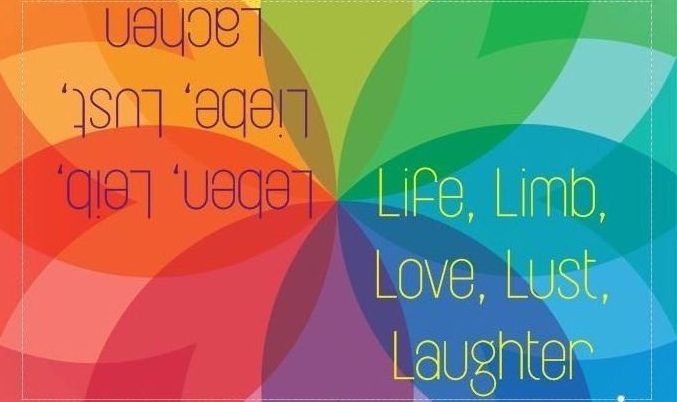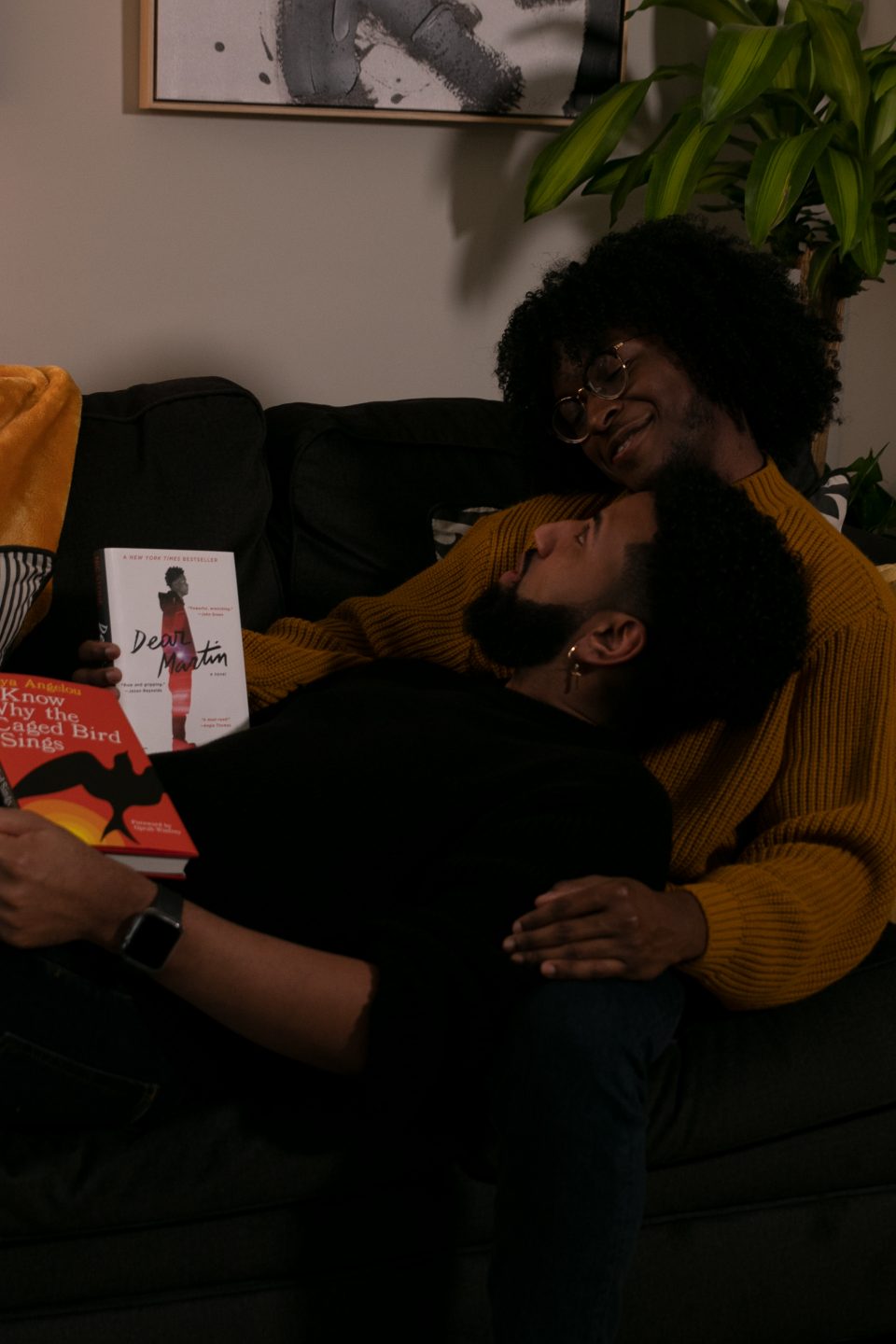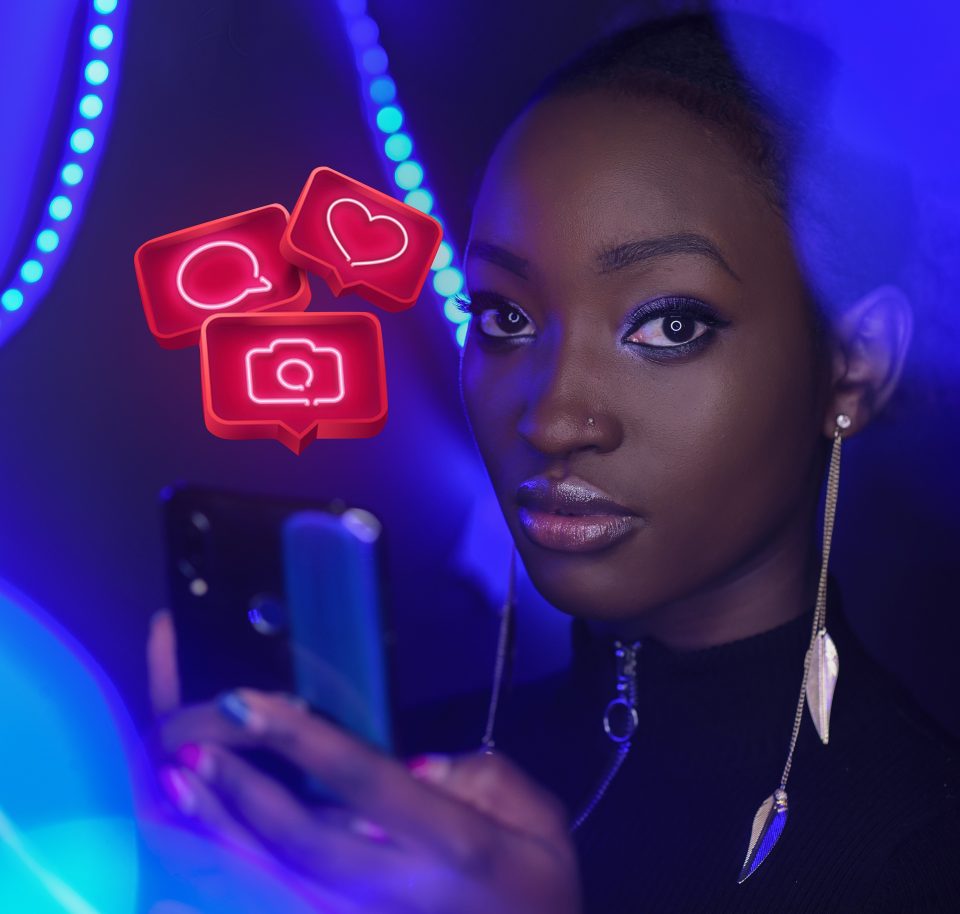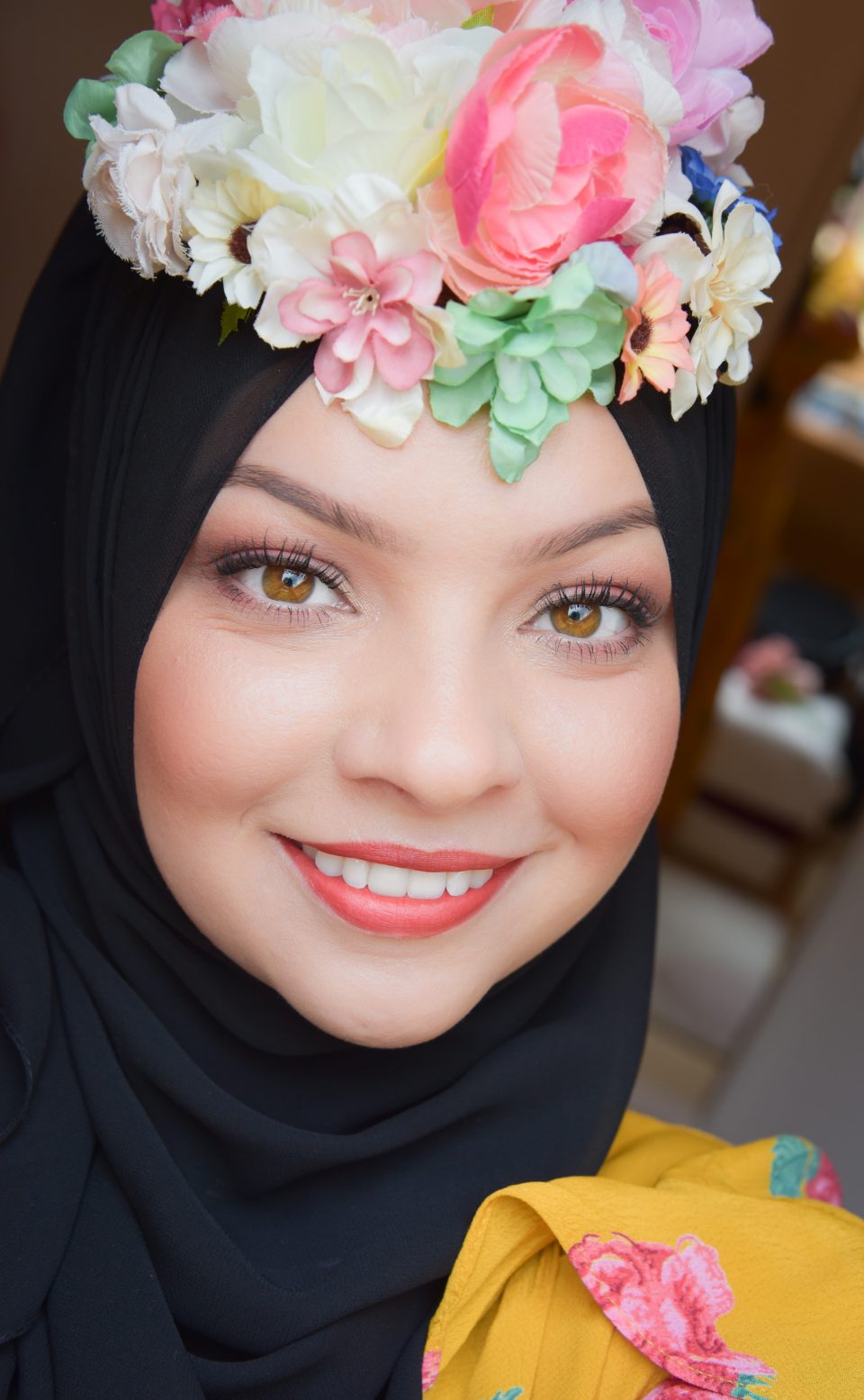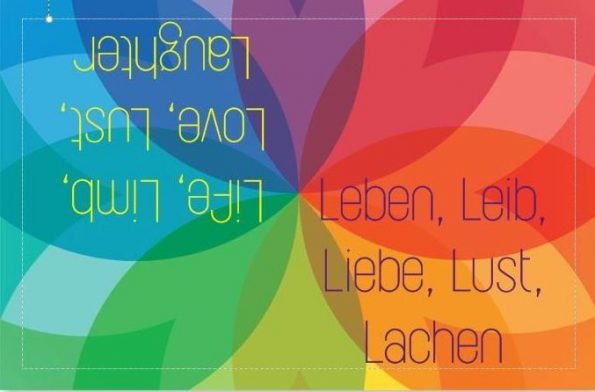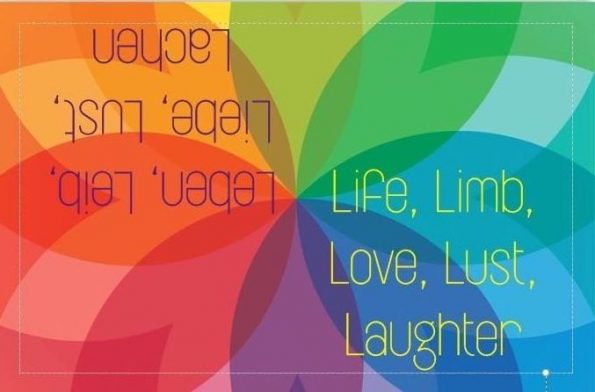Back to the in Between (3)
Meeting in the Middle & Finding Time
…and we are back again. After looking at using our time and effort. This is Sean. And I am ready to delve into making time rather than timing ourselves.
In other words, we are going to explore how we make choices and schedule ourselves around our relationship goals. This is important for all of us independent of our relationship status and experience.
Actually, this is also an exercise in revising our options and strategies for creating, maintaining and/or supporting (repairing) our HHIA Relationships.

Make Time not War ?
Making the most of our time is not the only option we have. Actually, we can be a lot more proactive than we think or believe. We are making choices in every moment of our waking lives.
In just the first 5 minutes…. ?
- get out of bed
- snooze
- make/drink coffee/tea/water/juice
- shower
- shave
- make the bed
- check our phones
- read messages/emails
- eat/cook/make something
- or not
Making the time to do what we want is perhaps even more important than making the most of our time. We choose our actions. We choose how we spend our time. This is especially so when we actively think about our time, schedule our time, plan our time. Equally impotant is to stick to our plans/schedules.

Time After Time
Often, we just let things happen. People tend to be creatures of comfort. We are also creatures of habit. This means that most of us most often choose the path of least resistance.
These choices tend to become patterns. And, unfortunately, these patterns can quickly become habits. Often habits we do not even realize we have created or allowed to manifest.
Time for a change
Sometimes, these patterns and habits begin to feel like “the truth” and “reality”. They are neither.
On the one hand “the truth” is of our own creation and on the other hand „reality“ is always in flux. Hence, we have the power to create/make/schedule time for the things we want and the things we desire.
Time flies like an arrow; fruit flies like a banana.
Anthony G. Oettinger

Back to the Future
Enough of what was and back to what we want. We want to have healthy happy relationships, intimate encounters, and adult time. This is all possible and even probable. The deciding factor is us.
How exactly do we make time? We schedule it. Stick to the schedule. Let our schedule free us. Freeing ourselves from indecision, insecurity, doubt or nervousness. All of this can be achieved in dialogue and communication with those we wish to be with.
Time is a created thing. To say ‚I don’t have time,‘ is like saying, ‚I don’t want to.
Lao Tzu
Scheduling is Key
When we choose to schedule ourselves, our goals, our partners, and their goals, we can find the time to get closer to one another. And as in most things practice makes perfect. If at first we dont succeed, try and try again. Every day is a new opportunity to love ourselves and others and achieve our goals.
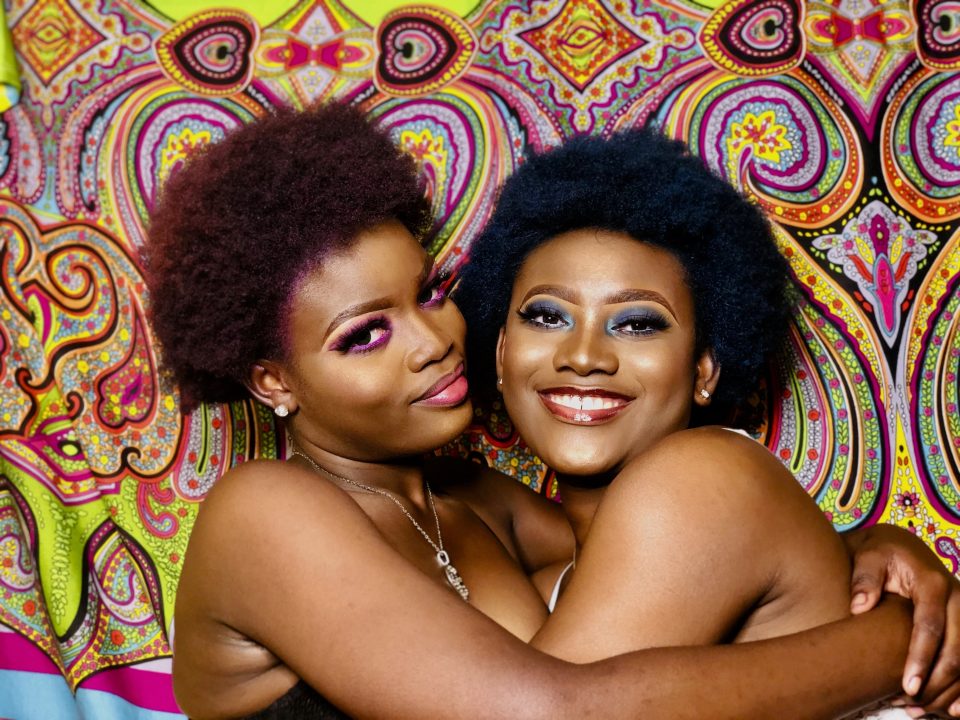
Together
We can make time to be with another person or persons:
- Eating together
- Sitting together
- Walking together
- Going to bed together
- Waking up together
- Working out together
- Reading together
- Watching _____ together
- Cooking together
- Just being together.
There is no right or wrong amount of together time. Each individual and each relationship has to find their own balance. At the same time, this is a big part of what relationships are about. Being together and spending time with one another.
Scheduling time together encourages “spontaneous” togetherness, patterns and habits which support our relationships.
Finding the balance between time for ourselves and time for our relationships is a constant juggling act. We have to be sure to keep our eye on the prize. The prize we want.
(You can always contact me for more concrete suggestions.)
This is Sean. Try just making time for yourself (and for those around you) for a minute, an hour, a day, a week, and see what happens.
Love to hear your thoughts. Till next time!
Our earlier Blog-Lessons:
1–2–3–4–5–6–7–8–9–10–11–12–13–14–15–16–17–18–19 –20 –21–22–23–24–25–26–27–28–29–30–31–32–33–34
